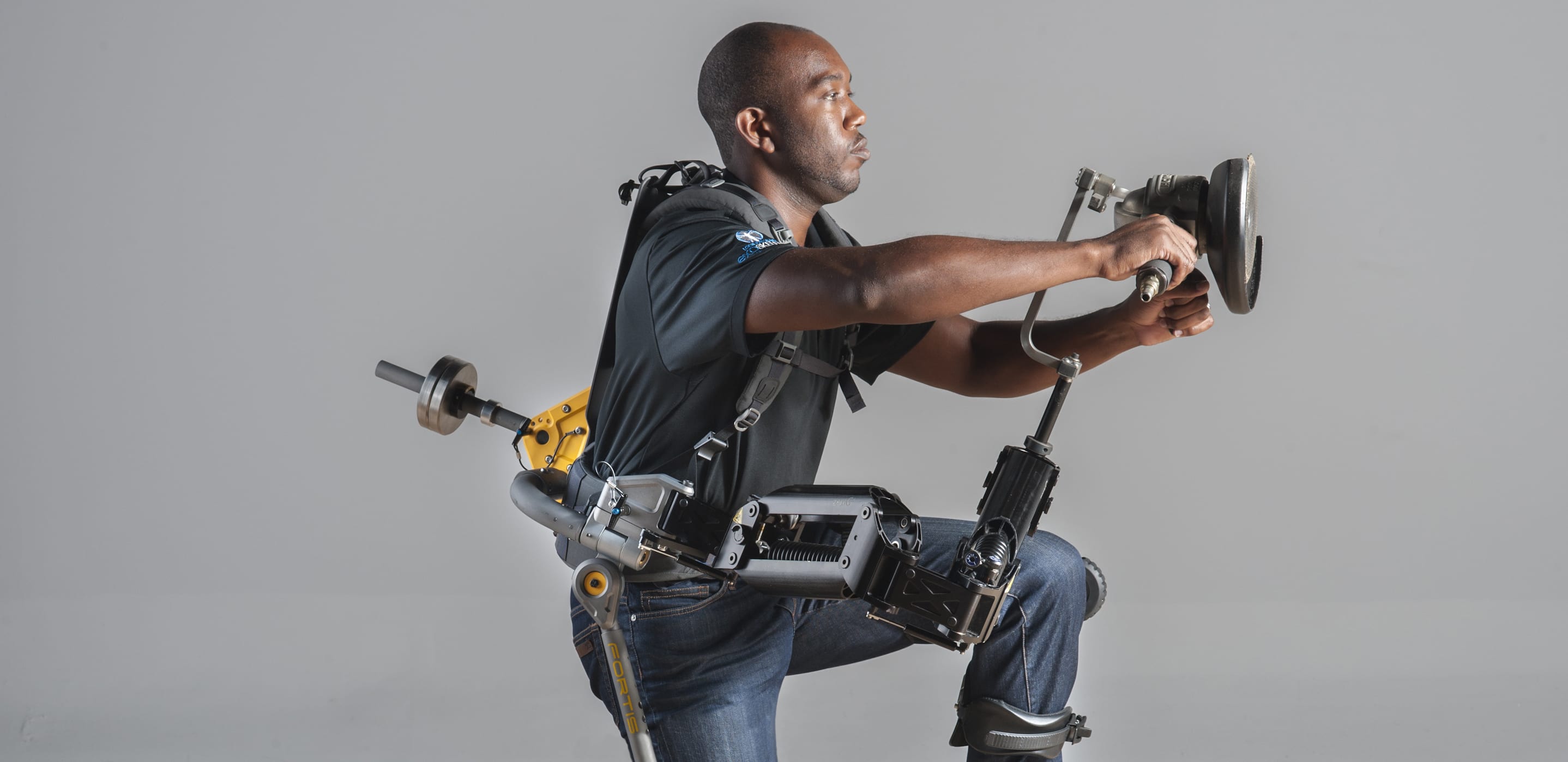
Several weeks ago I watched one of our customers’ Field Service Technicians interacting with a hospital staffer. The technician was there to service two machines his company had sold the hospital, but the staffer also wanted to talk about a third, older machine.
The technician had been to this hospital many times for routine maintenance visits. It was obvious that he had a lot of credibility with everyone he spoke to, and that his expertise was appreciated. I understood most of what was happening with the two machines he was there to service, but the conversation about the third, older machine went over my head.
It went something like this:
Staffer: “So… about this one”
Tech: “Yeah, I know.”
Staffer: “What do you think?”
Tech: “I’ve got an idea.”
Staffer: “Because, you know…”
Tech: “Yep.”
Staffer: ‘Well, we trust you”.
There was also body language, meaningful pauses and meaningful looks that you can’t really capture in a document, or a data feed.
The exchange ended with the staffer telling the technician, “We trust you.”
Every time a Field Service Technician gets a vote of confidence like that, it adds a brick to the fortress of credibility that his employer is trying to build in their marketplace. And Field Service Technicians often interact face-to-face with customers more than any other type of employee.
Software companies, like ServiceMax, are developing products to automate and optimize field service. The best of these products save massive amounts of time and money for their users, help generate service revenue, and enable better field service that companies use to differentiate themselves. But no field service software comes close to the impact of having high quality people in your field service teams.
The mission of software in field service is not to replace the field service technician, it’s to free them up from administration, paperwork and data gathering. This gives them more time to be the expert, trusted advisors that their customers truly appreciate and want to talk to.
In Japan, they’re building robots that are learning to read human facial expressions. I saw a video of the most advanced model interacting with a person. It was impressive for a robot – very, very impressive. But it was also a long way from doing what a good field service technician does every day – a long, long way.
No matter how good field service software gets in the next fifty years, I have a feeling that our hospitals, factories, power grids, buildings and schools are going to be dependent on good field service technicians to keep the world running smoothly. Field service might be about machines and equipment, but it’s still a “people business”.


Share this: